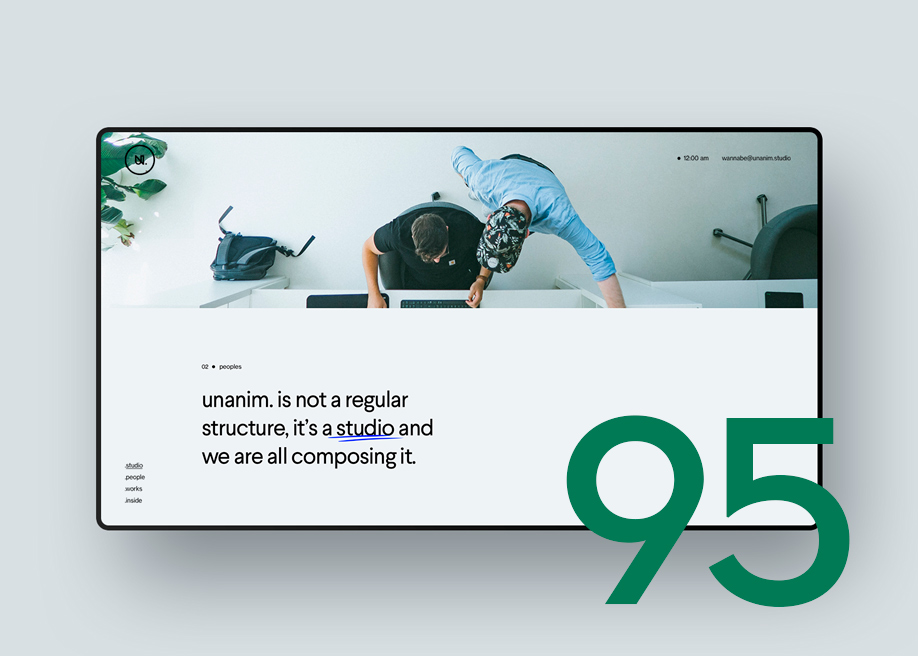Proven Methods for Successful Internet Style
In the ever-evolving world of internet design, it is vital to remain ahead of the curve and utilize proven strategies that ensure success. Responsive and mobile-friendly formats guarantee smooth user experiences throughout different gadgets. Optimizing page speed and performance boosts customer contentment and encourages greater involvement.
User-Centered Layout
User-centered style is a necessary strategy that focuses on the requirements and preferences of the target audience in order to create an effective internet layout. By putting the customer at the facility of the design procedure, this method ensures that the last product fulfills their assumptions and provides a positive customer experience.

As soon as the study is total, the next action is to develop individual characters. These identities stand for the different types of users that will engage with the site - Houston Web Design. By determining their goals, motivations, and discomfort factors, developers can craft a layout that addresses their specific demands
The user-centered style process also entails carrying out usability screening. This allows developers to gather responses from real customers and make essential changes to enhance the site's functionality. By continuously repeating and refining the layout based on individual feedback, developers can ensure that the end product fulfills the requirements and preferences of the target audience.
Receptive and Mobile-Friendly Layouts

Mobile-friendly designs go past just responsive style. They concentrate on producing a customer experience that is specifically tailored to mobile tools.
Incorporating mobile-friendly and receptive formats not just boosts use however also has a substantial effect on seo (SEO) Google, for instance, focuses on mobile-friendly websites in its search results page, making it crucial for sites to have a mobile-friendly style to boost their presence and reach.
Efficient Navigating and Website Structure
A well-designed navigating system allows users to quickly discover the information they are looking for, resulting in a positive customer experience. When making the navigating for a site, it is important to think about the target audience and their browsing behaviors.
One effective method for navigating is to make use of a leading or side menu that exists on every web page of the internet site. This enables users to conveniently access various areas of the site without needing to go back to the homepage. One more approach is to include a search bar that makes it possible for customers to rapidly search for specific web content.
In addition to navigation, the overall website structure plays an essential role in the success of a site. A well-organized framework assists individuals recognize the pecking order of information and how different web pages connect to each various other. It is essential to produce a logical circulation from one web page to an additional, making sure that users can quickly browse in between different areas of the website.
Constant Branding and Aesthetic Identity
A consistent branding and visual identification are vital aspects in effective website design. They need to right away identify and connect it with a specific brand when individuals check out a site. This acknowledgment constructs trust and trustworthiness, enhancing the chance of users engaging with the site and its web content.
Consistency in branding includes elements such as logos, shades, typography, and imagery. These elements need to be this link utilized consistently throughout click for source the site to produce a cohesive and unified experience. Utilizing the exact same logo design and shade system on every web page assists customers easily navigate the internet site and recognize.
Visual identity surpasses branding and encompasses the general look and feeling of the internet site. It consists of the format, use of whitespace, font choices, and imagery style. An aesthetically appealing internet site that aligns with the brand's character and target audience develops a favorable perception and keeps individuals engaged.
Maintaining a consistent branding and aesthetic identity additionally aids in producing a memorable user experience. When customers experience acquainted and consistent elements throughout different systems and touchpoints, it reinforces the brand name's message and worths.
Optimized Web Page Speed and Efficiency
Optimized page speed and performance are crucial consider achieving successful website design. In today's fast-paced digital world, customers have little persistence for slow-loading web sites. Studies have shown that even a one-second hold-up in web page load time can lead to a substantial drop in user engagement and conversions. Consequently, it is vital for internet developers to prioritize maximizing web page rate and efficiency.
One effective technique for enhancing page rate is enhancing pictures. Pictures commonly represent a substantial section of a web page's data dimension, leading to slower filling times. By pressing and resizing pictures without compromising top quality, developers can substantially minimize page tons times.
One more essential element of maximizing web page speed is decreasing HTTP demands. Every aspect on a website, including scripts, photos, and stylesheets, requires an HTTP demand. By minimizing the number of requests, developers can enhance the packing procedure and improve performance.

Conclusion
To conclude, implementing user-centered design, receptive designs, efficient navigation, consistent branding, and maximized page speed are tried and tested approaches for effective website design. By focusing on the requirements and preferences of individuals, guaranteeing compatibility with mobile phones, organizing material effectively, keeping a constant visual identity, and maximizing performance, websites can give a favorable customer experience and achieve their objectives. These methods add to the overall use and efficiency of a website, eventually leading to enhanced customer interaction and complete satisfaction.
By constantly improving the style and repeating based on customer comments, developers can make sure that the final item meets the requirements and preferences of the target audience.
A properly designed navigation system permits individuals to conveniently locate the information they are looking for, resulting in a favorable customer experience. It is essential to develop a rational circulation from one page to one more, ensuring that customers can easily browse in between different areas of the internet site.
Making use of the very same logo design and shade system on every page assists customers quickly browse the site and determine.
By focusing on the demands and choices of customers, guaranteeing compatibility with mobile tools, arranging content successfully, maintaining a consistent visual identity, and optimizing efficiency, internet sites can offer a positive individual experience and attain their goals. - Houston Web Developer